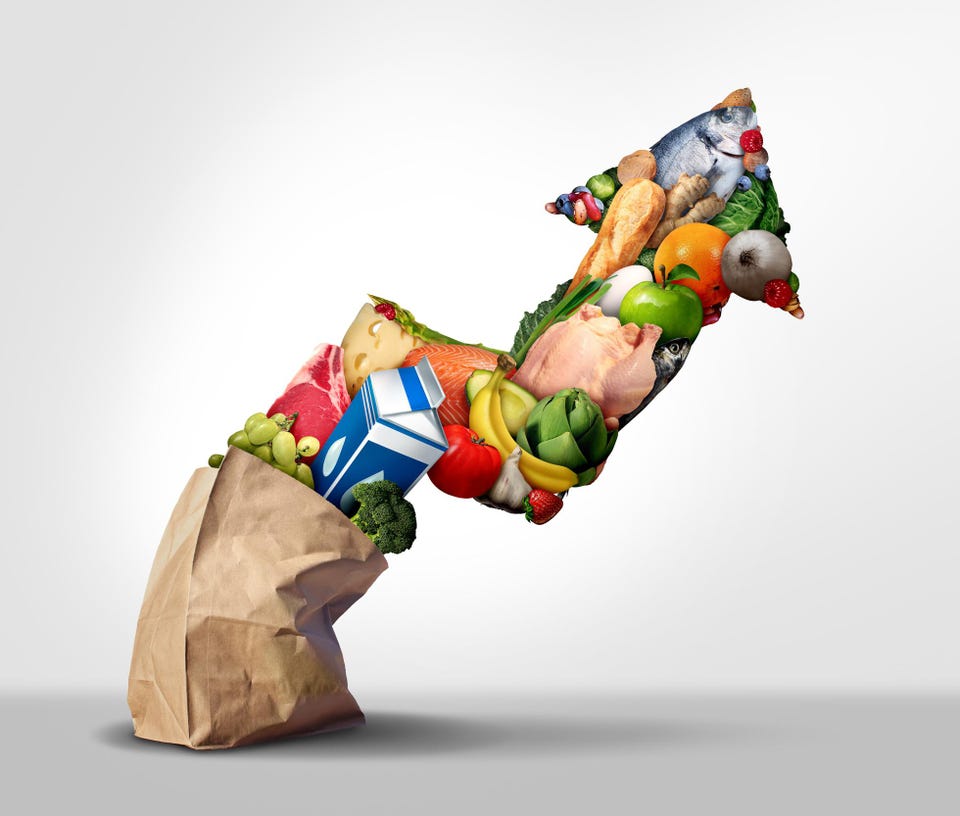- The index for manufactured products saw a decline of 0.42 per cent month-on-month (MoM) and the inflation in the fuel and power category saw a fall of 1.65 per cent
- Retail inflation has remained outside the Monetary Policy Committee’s tolerance band for more than 3 quarters straight
New Delhi, NFAPost: India’s annual wholesale price-based inflation (WPI) eased in October to 8.39 per cent year-on-year, the lowest since March 2021, helped by a fall in commodity prices, government data showed.
“Decline in the rate of inflation in October 2022 is primarily contributed by fall in the price of mineral oils, basic metals, fabricated metal products, except machinery and equipment, textiles, other non-metallic mineral products, minerals etc,” the official press release by the Ministry of Commerce and Industry said.
The food inflation has decreased from 8.08 per cent in September to 6.48 per cent in October. The index for manufactured products saw a decline of 0.42 per cent month-on-month (MoM) and the inflation in the fuel and power category saw a fall of 1.65 per cent.
“Some of the groups that have witnessed a decrease in prices are basic metals, fabricated metal products, except machinery and equipment, textiles; other non-metallic mineral products, motor vehicles, trailers and semi-trailers in October 2022 as compared to September 2022,” the release said.
In the group of primary articles, however, the inflation rose by 2.42 per cent.
The October WPI inflation was lower than the Reuters forecast of 8.70 per cent and 10.70 per cent recorded in the previous month.
The wholesale inflation has eased below the double-digit mark for the first time since March 2021 when it was at 7.89 per cent.
The October WPI inflation was lower than the Reuters forecast of 8.70 per cent and 10.70 per cent recorded in the previous month.
Retail inflation eases to 6.77% in October, the lowest in three months
India’s retail inflation eased to a three-month low at 6.77 per cent in October as food inflation decelerated. However, the easing is unlikely to force a pause in the central bank’s rate hiking cycle.
Data released by the National Statistical Office showed food inflation eased to 7.01 per cent from 8.6 per cent in September while fuel inflation remained elevated at 9.93 per cent.
RBI governor Shaktikanta Das on Saturday had hoped that retail inflation would come below 7 per cent in October.
Retail inflation has remained outside of the central bank’s Monetary Policy Committee’s tolerance band of 2-6 per cent for more than three successive quarters, marking the panel’s failure to achieve its legally-mandated inflation target. On November 3, the MPC held a special meeting to discuss and draft a report to be sent to the government regarding the failure of the inflation target.
Data separately released by the industry department showed wholesale price inflation eased to a 19-month low at 8.39 per cent in October on the back of a higher base and a broad-based easing of pricing pressures. This is likely to slow the pass-through of input cost pressures by producers, supporting the easing of retail inflation.
Morgan Stanley said on Monday it sees policy rates peaking at 6.5 per cent in the March quarter of 2023 with RBI expected to hike policy rates by another 60 bps. It hopes interest rates may start to soften again in the December quarter of 2023.
“We expect the RBI to take the terminal policy rate to 6.5 per cent in February 2023, before pausing to balance between macro stability and growth. As inflation dynamics improve, we expect a shallow rate cut cycle (of 50bp) building in rate cuts of 25bp in both 4Q 2023 and 1Q 2024,” the investment bank said in its latest Asia Economic Outlook.





